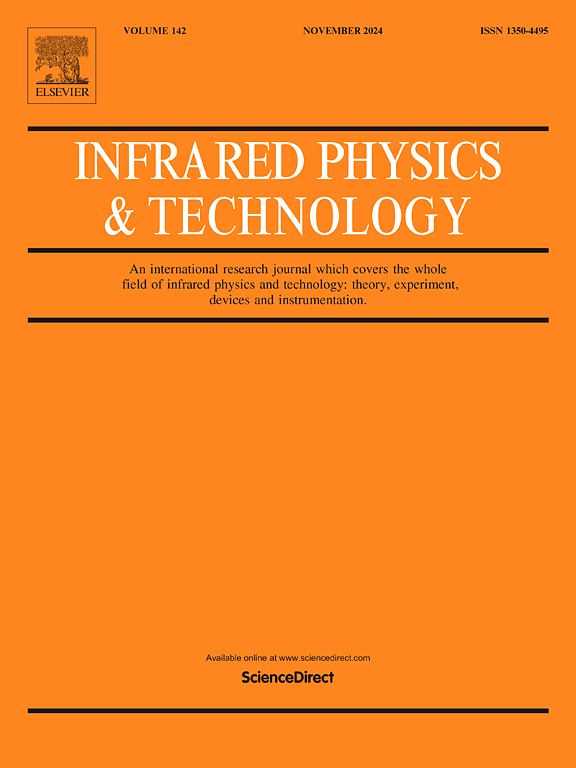Random forest-assisted Raman spectroscopy and rapid detection of sweeteners
IF 3.1
3区 物理与天体物理
Q2 INSTRUMENTS & INSTRUMENTATION
引用次数: 0
Abstract
Food safety is important for human healthand social stability. Of these, excessive using artificial sweeteners in food production will cause irreversible damage to the gastrointestinal tract. It is possible to accurately distinguish sweetener type in the food by using Raman spectroscopy. However, labeling the type generally relies on manual operations, which limits its application in rapid detection scenarios. This study introduced machine learning methods (Random Forest algorithm) into the data classification process of Raman detection that enables fast and efficient sweetener type detection. The results showed that the three sweeteners were identified with an accuracy of 1, 2 and 3. In addition, the detection process for the three sweeteners merely took 5–6 s. Considering the versatility of the methodology, this study provides a novel technological route for the rapid identification of ingredients in the food production.
随机森林辅助拉曼光谱和甜味剂的快速检测
食品安全对人类健康和社会稳定至关重要。其中,在食品生产中过量使用人工甜味剂会对胃肠道造成不可逆转的损害。利用拉曼光谱技术可以准确区分食品中甜味剂的种类。然而,标记类型通常依赖于人工操作,这限制了其在快速检测场景中的应用。本研究将机器学习方法(Random Forest算法)引入到拉曼检测的数据分类过程中,实现了快速高效的甜味剂类型检测。结果表明,三种甜味剂的识别精度分别为1、2和3。此外,这三种甜味剂的检测过程只需要5-6秒。考虑到该方法的通用性,本研究为食品生产中成分的快速鉴定提供了一种新的技术途径。
本文章由计算机程序翻译,如有差异,请以英文原文为准。
求助全文
约1分钟内获得全文
求助全文
来源期刊
CiteScore
5.70
自引率
12.10%
发文量
400
审稿时长
67 days
期刊介绍:
The Journal covers the entire field of infrared physics and technology: theory, experiment, application, devices and instrumentation. Infrared'' is defined as covering the near, mid and far infrared (terahertz) regions from 0.75um (750nm) to 1mm (300GHz.) Submissions in the 300GHz to 100GHz region may be accepted at the editors discretion if their content is relevant to shorter wavelengths. Submissions must be primarily concerned with and directly relevant to this spectral region.
Its core topics can be summarized as the generation, propagation and detection, of infrared radiation; the associated optics, materials and devices; and its use in all fields of science, industry, engineering and medicine.
Infrared techniques occur in many different fields, notably spectroscopy and interferometry; material characterization and processing; atmospheric physics, astronomy and space research. Scientific aspects include lasers, quantum optics, quantum electronics, image processing and semiconductor physics. Some important applications are medical diagnostics and treatment, industrial inspection and environmental monitoring.

 求助内容:
求助内容: 应助结果提醒方式:
应助结果提醒方式:


